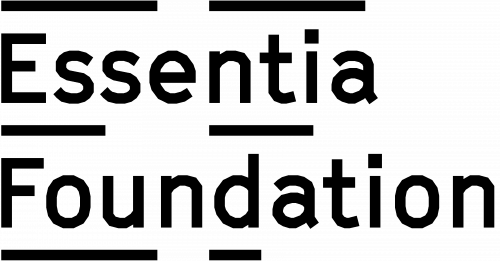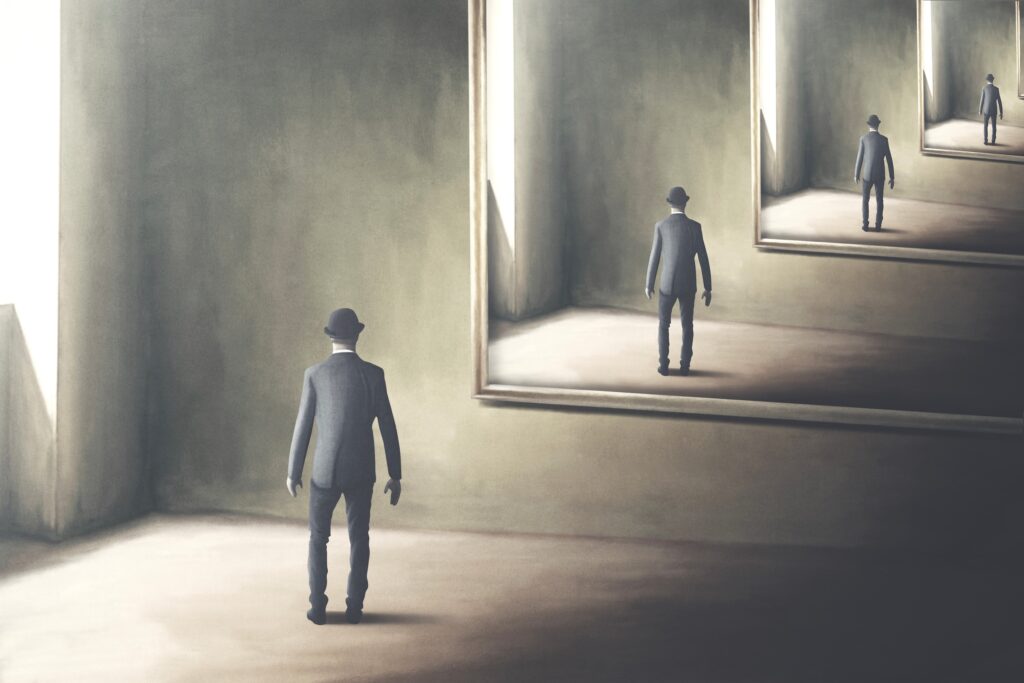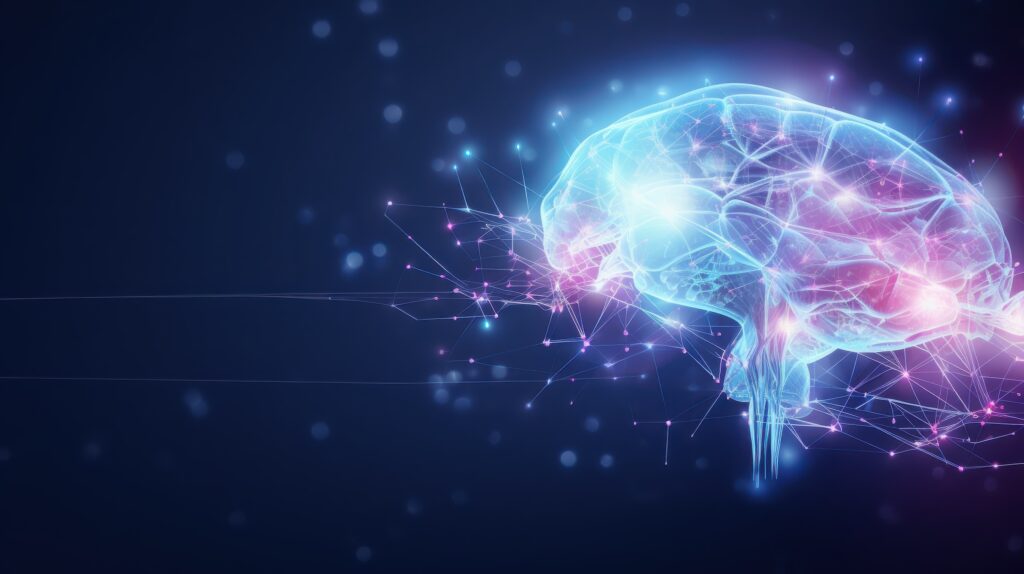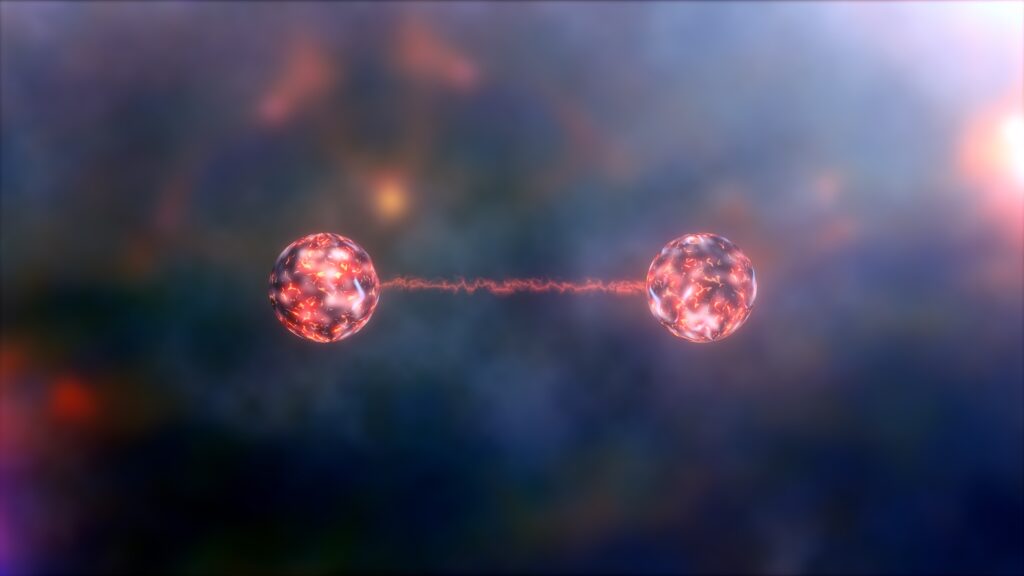How imagination, prompted by ‘words,’ may have created the universe
Reading | Metaphysics
![]() Dr. David Dolezal, DC, FABDA | 2025-04-04
Dr. David Dolezal, DC, FABDA | 2025-04-04

Dr. Dolezal invites us to consider the uncanny similarities between the ancient stories of creation, across many religious and philosophical traditions, and how the human imagination, when prompted or triggered by words, creates entire universes.
The idea of the creation of the universe is a complex concept that is difficult to imagine, let alone fully understand. One reason for it is the way in which scholars have historically approached the idea. Some scientists have postulated that creation is a specific point in time wherein a big bang brought everything into existence. Some religious scholars have postulated that creation is the first moment in a six-day period when God created the infinite universe from nothing. While many varied approaches have been used in humanity’s effort to comprehend the actual creation process, when William Shakespeare said, “Life is but a dream,” he may have been closest to the truth. To better understand precisely why Mr. Shakespeare was closer than most, we will employ a common-sense approach that will hopefully allow for greater accuracy.
Our common-sense approach will begin with imagining that we are looking at a chain on a bicycle. We can see from a close examination that the long chain is composed of smaller units called links. Each link is, in a very uniform way, a part of the whole chain. If we can understand the reality of a single part of the chain, one link, we should be able to reasonably extrapolate to the reality of the entire chain. In this way, we don’t have to address the entire chain; we can understand a part of the whole and then expand that knowledge to the entire chain. Similarly, instead of attempting to understand the process of creation of the entire universe, let’s just look at something everyone experiences very commonly in their everyday life, and then see if we can extrapolate that tiny part into something that might help us to understand the creation of the whole: our little dreams.
There are more times than most people can count when they experience periods of sleep in which they dream. For the dream state to occur, one must go into a state of relaxed slumber. In that state, the mind creates images within each individual that seem very real: images of other people, places, and situations that seem incredibly real. From within themselves, the appearance of an entire world is created, and their minds become the stage. The dreamer is the efficient cause of a dream that appears real, but is not. The dreamer is the cause of the dream and the experiencer of the dream at the same time. The dream is not real, but the dreamer is. This dream state reveals that there is an external world that human beings believe is real and an internal world that they experience only within their minds as an imaginary world that is not considered real like the external world.
Now, let us expand the concept to something much greater. In the different Abrahamic religions, the word ‘God’ is a term they use to describe all that is primordial, infinite, and without limiting attributes. In this sense, their conceptualization of God includes everything known and unknown, manifest and unmanifest forever, including all energies and, equally important, awareness itself. Their ancient texts state that this God created human beings in God’s image. If all humanity were created in God’s image, then each human being’s awareness, expressed as their consciousness, could be imagined in a similar way that one could imagine a single link in an infinitely larger chain known as God. According to the ancient Indian Philosopher and theologian Shankara, “God is both the material and the efficient cause through Maya, but not in reality. God has not become this universe, but this universe is not, and God is.” This sounds very much like what every human has experienced in a dream.
Is it possible to intentionally create an image in the human mind when one is not dreaming? In a word, yes. It is commonly understood that the mind creates an image for every spoken word. For example, if I say the word ‘elephant,’ an image of an elephant is instantaneously produced in my mind. This reveals that every spoken word creates an image to match the word. When anyone says the word ‘monkey,’ the mind starts to create the image of a monkey. Try to stop thinking of a monkey; all that will happen is that more monkeys will appear over time. The mind is very good at adding and multiplying images.
Now, let us see how this might apply to the concept of the creation of the universe. The various Bibles from the Eastern and Western religions generally agree the universe was created or, more accurately, projected into being. These ancient texts, contextualized within a philosophical and scientific framework, say that the universe began with a word. The Apostle John in the Christian New Testament stated, “In the beginning was the Word, and the Word was with God, and the Word was God.” It began with a word. In the Hebrew Torah, it is stated, “And God said…”. Many Eastern religions agree. The Hindus have a sacred symbol that correlates with the sacred sound ‘Aum.’ It is written in their texts that the sound Aum was present at the beginning of the universe. So, in a somewhat similar way that a little human being can create an internal image in themselves with the vibratory energy of a word, God’s vibratory energy or word could also cause or project an image within God. Since God is all, which is much, much bigger and infinitely more complex than a human being, it also makes sense that the image would appear larger, even as large as the apparent infinite universe.
Now, let us look at the same concept from another perspective: a single wave in the ocean. For a single wave to exist in the ocean, there must be a cause. For the purpose of this discussion, the cause will be the energy of the wind. As the wind sweeps across the ocean’s surface, the wind energy attempts to separate the molecules in the ocean. The water molecules resist the wind by transferring the energy of the wind to adjacent water molecules. This energy transfer causes the ocean surface to rise and appear as a wave. As the wave appears on the surface, time and space become measures of the wave. In this way, causation, space, and time exist almost as shadows of the wave. They exist as long as the wave exists. Something caused the wave to exist over a specific period of time and within a particular space. But once the energy that acted upon the wave ceases to exist, so do time and space, as they were entirely dependent upon the wave for their existence. They cannot exist without the wave.
Now notice that the only thing that actually existed in the ocean the entire time was that which already existed before the wave appeared: the ocean. The wave was nothing more than a different appearance of the ocean. Similarly, the universe was not created per se. It was projected into being in waveform and is merely an appearance within God. The cause is God, and the perceived material universe is the effect within God.
Let us look at something as familiar as a chair in order to look at the example of the wave from yet another angle. We will go backward from the effect (the universe) to the cause (God), starting with a chair. At first glance, we see only a chair. But if we look closer, we will see that the chair is, in reality, a combination of molecules that appear as wood. If we look even closer, we will see that the molecules are, in reality, a combination of atoms that appear as molecules. If we look even closer, we will see that the atoms are, in reality, a combination of protons, electrons, and neutrons that appear as individual atoms. Closer still, and we will see that the protons and neutrons are a combination of quarks. Then we will see that the quarks are elementary particles composed of a combination of what has been theorized to be something similar to transcendental string-like objects within a multidimensional quantum field that, when acted upon by some as-of-yet unknown force, vibrate in wave-like patterns or frequencies until they undergo a process of super-compactification and eventually appear as quarks. So, the chair’s cause is some unknown energy that acts upon the subatomic quantum field, creating vibrations within it; perhaps something like the vibration that can be created with a word.
Equally importantly, the infinite subatomic quantum field cannot exist independently of space and time. Space and time are manifested through the motion of subatomic quantum fields. And these fields move, perhaps, in response to an infinite awareness—which has been described as ‘God’—as it observes the fields.
In the microcosm that human beings experience, there cannot be a single wave of thought that is unconditioned by name and form. If it is true that the infinite macrocosm is built by the same plan, this kind of conditioning by name and form must also be in the plan of the entire universe. If we now look at the creation of the perceived universe again, it should seem logical that Shankara might have come very close to the truth one thousand four hundred years ago when he said, “God is both the material and the efficient cause through Maya, but not in reality. God has not become this universe, but this universe is not, and God is.” Shakespeare put an even finer point on it when he said, “Life is but a dream.”
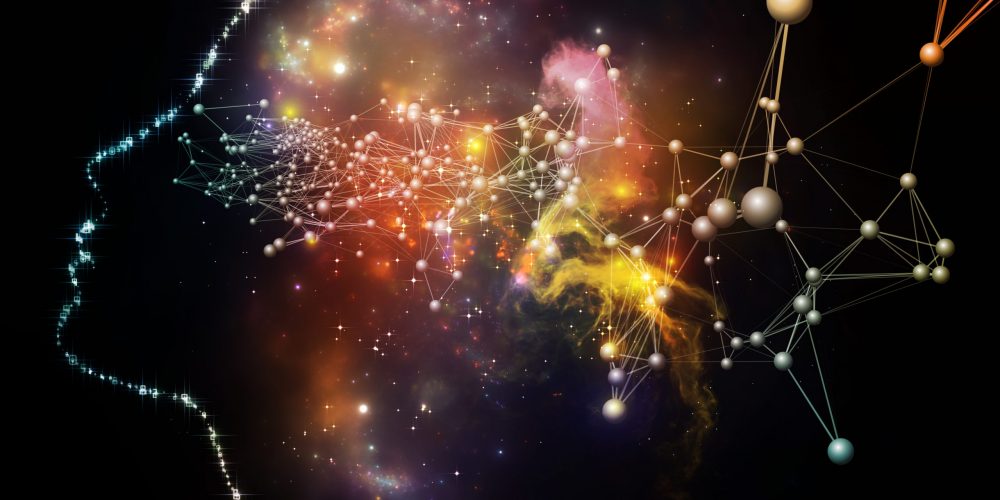
Essentia Foundation communicates, in an accessible but rigorous manner, the latest results in science and philosophy that point to the mental nature of reality. We are committed to strict, academic-level curation of the material we publish.
Recently published
Reading
Essays
Seeing
Videos
Let us build the future of our culture together
Essentia Foundation is a registered non-profit committed to making its content as accessible as possible. Therefore, we depend on contributions from people like you to continue to do our work. There are many ways to contribute.

